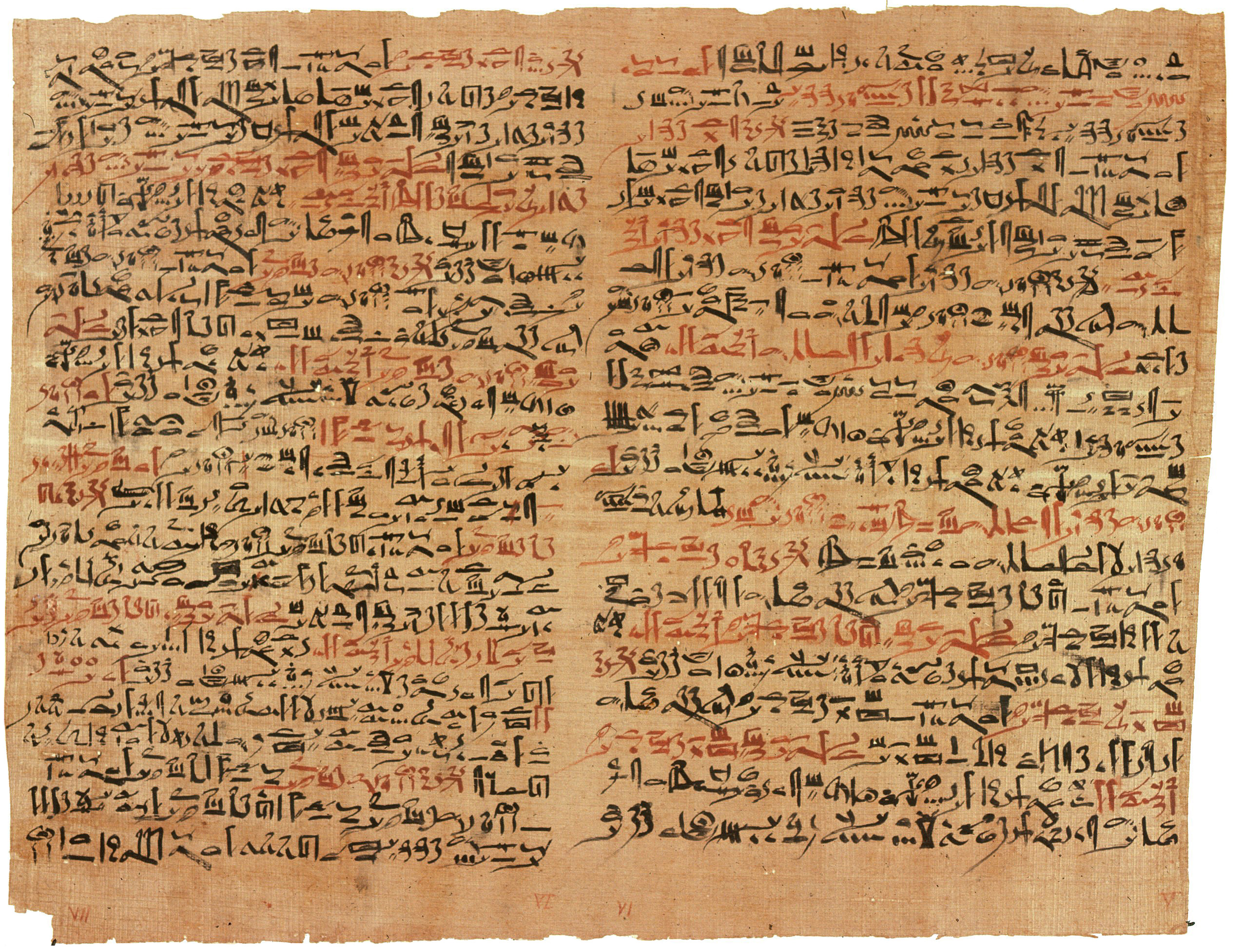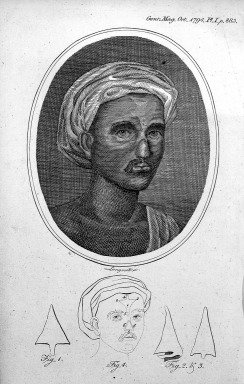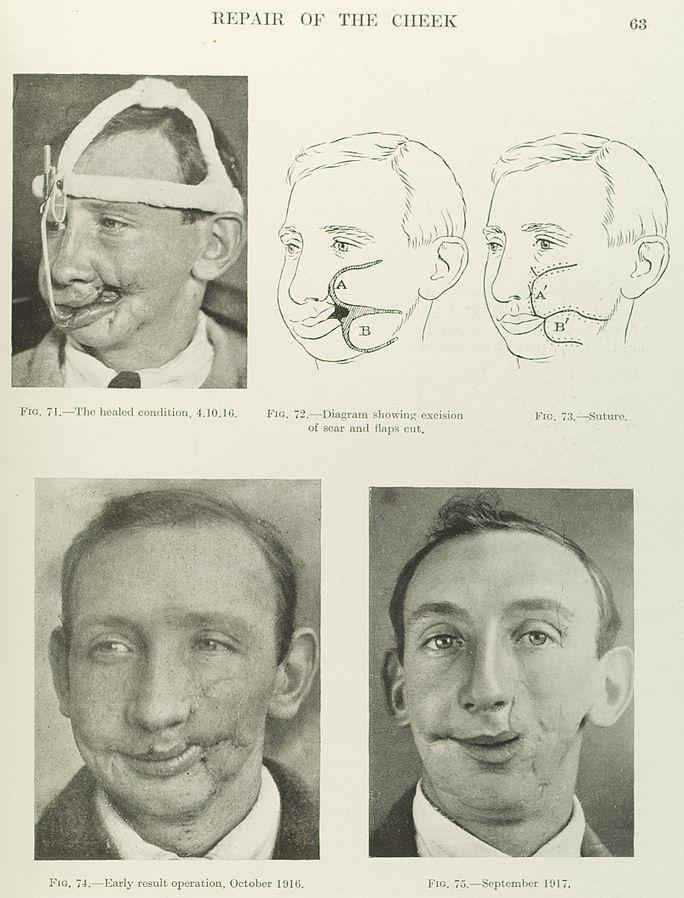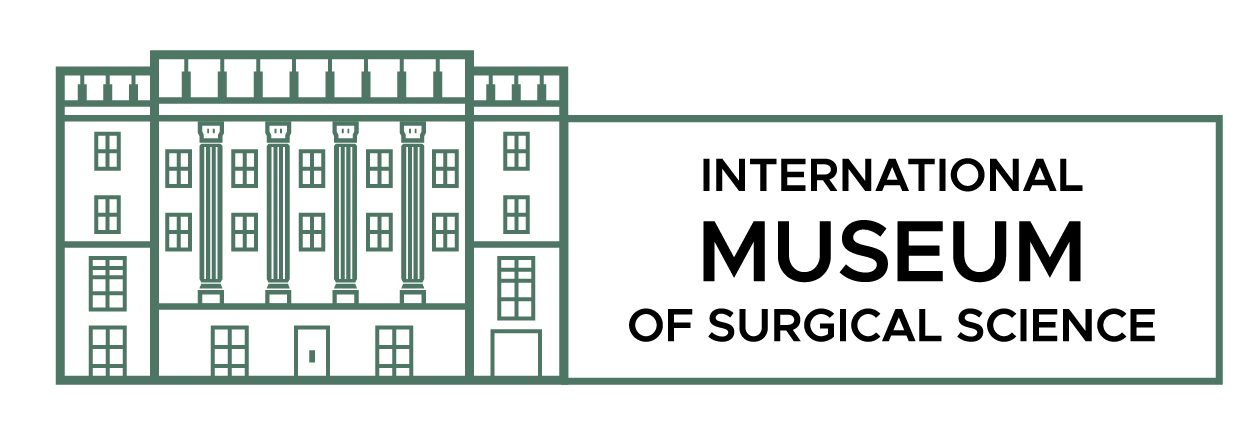Published by Sarah Pinsky
Current understanding and opinion of plastic surgery is largely based on television and social media. Since plastic surgery is so connected to these modern-day technologies, people are often surprised to learn that it is not a new medical specialty that focuses exclusively on cosmetic procedures, but rather an established practice that goes back thousands of years. This post is divided into two sections. The first part delves into the long and complicated history of plastic and cosmetic surgery. The second part studies the relationship between cosmetic surgery and social media.

History of Plastic Surgery
Cosmetic surgery may seem like a modern development, however it has a longer and more complicated history than most people imagine. The first recorded mention of plastic surgery was written procedures for treating and repairing broken noses. These treatments were recorded in the Edwin Smith Papyrus, a transcription of an ancient Egyptian medical text that dates back to 3000-2500 BCE. [1]
By 600 BC many Indian surgeons were performing rhinoplasty and reconstructive surgery on soldiers who were disfigured during battles. Sushruta, an ancient Indian physician, is credited for carrying out the first recorded rhinoplasty. Sushruta’s method of rhinoplasty was to use a skin graft to repair injuries. [2] Over the years, Indian physicians modified his technique and created what is now known as the paramedian forehead flap, a procedure that uses healthy skin from the forehead that is moved to replace missing nasal tissue. [4] This procedure did not reach Europe until 1794 when reports of a man, who had his nose cut off while he was a prisoner of Tipu Sultan, received nasal reconstruction. [5]

While people went to great lengths to fix their facial disfigurements, the pain and risks of surgery meant that cosmetic procedures were exclusive to extremely socially stigmatized disfigurements. Only the desperate would risk their lives and suffer through extreme pain to correct facial disfigurements, such as a lost nose. Surgery for purely cosmetic purposes would not begin to be commonplace until procedures were no longer life-threatening and excruciatingly painful. In 1846, the first barrier to commonplace cosmetic surgery was removed when the first painless surgery in Europe was made possible by the discovery of anesthesia. The second barrier was removed in the 1860s when hospitals began using sterilization practices, which reduced infection and death among patients. [6]
While cosmetic and reconstructive surgeries were slowly developing, it still was not commonplace. It was not until the early 1900s that modern plastic surgery practices began. Much of this had to do with World War I, which served as the foundation and catalyst for the development of modern plastic and reconstructive surgery. While battling in the trenches, many men suffered from facial disfigurements mostly from gunshot wounds. This provided plastic surgeons like Sir Harold Gillies, an ear nose and throat doctor who is considered to be the father of modern-day plastic surgery, the opportunity to practice plastic and reconstructive techniques. [3]

Surgeons who were able to practice their techniques on soldiers eventually transitioned to practicing on the general public. Plastic surgery began to be marketed as a simple procedure to make healthy people who did not like their features more beautiful. What was considered “beautiful” at the time directly impacted the types of surgeries being developed and carried out. For example, the 1920s was the age of the small chested “flapper.” At the same time, breast reduction surgery became more developed as many women were requesting it. [7] In contrast, it was in the 1950s where surgeons began rapidly developing new breast implant technologies. Coincidently a fuller figured woman, such as Marilyn Monroe, was seen as the standard of beauty. [6]
Plastic surgery has evolved from reconstructing severe facial disfigurements such as a missing nose to a cosmetic procedure that molds the body into what is perceived as beautiful. Since the 1950’s, there has been an increase in plastic surgery procedures that are done for purely cosmetic purposes. Because ideas of beauty are constantly shifting, so too will trends in plastic surgery procedures. In the next part, I will explore how social media platforms are changing what beauty looks like, and how it is affecting the practice of plastic surgery.
Works Cited:
1. Shiffman, M. Cosmetic Surgery: Art and Techniques. Springer. 2012 pp. 20.
2. Dwivedi, G, and S Dwivedi. “Sushruta – the Clinician – Teacher Par Excellence.” The Indian Journal of Chest Diseases & Allied Sciences, vol. 49, no. 4, 2007, pp. 243–244. [http://medind.nic.in/iae/t07/i4/iaet07i4p243.pdf]
3. Chambers, J , and Ray P. “Achieving Growth and Excellence in Medicine: The Case History of Armed Conflict and Modern Reconstructive Surgery.” Annals of Plastic Surgery, vol. 63, no. 5, 2009, pp. 473–8. [doi:10.1097/SAP.0b013e3181bc327a]
4. Spencer, C. “Sir Harold Delf Gillies, the Otolaryngologist and Father of Modern Facial Plastic Surgery: Review of His Rhinoplasty Case Notes.” The Journal of Laryngology and Otology, vol. 129, no. 6, 2015, pp. 520–8. [doi:10.1017/S0022215115000754]
5. Bennett, J P. “Sir William Fergusson and the Indian Rhinoplasty.” Annals of the Royal College of Surgeons of England vol. 66, no. 6, 1984, pp 444-8.[https://www.ncbi.nlm.nih.gov/pmc/articles/PMC2494473/]
6. Smith, M. “The Ugly History of Cosmetic Surgery.” The Independent, Independent Digital News and Media, 10 June 2016. [https://www.independent.co.uk/life-style/health-and-families/health-news/the-ugly-history-of-cosmetic-surgery-a7072216.html]
7. Matelski, E. Reducing Bodies: Mass Culture and the Female Figure in Postwar America. Routledge, an Imprint of the Taylor & Francis Group, 2017.
Sarah Pinsky is a Summer 2019 Education Intern at the International Museum of Surgical Science. She is a student at DePaul University majoring in International Studies. Her interests include learning about public health and global market trends.


